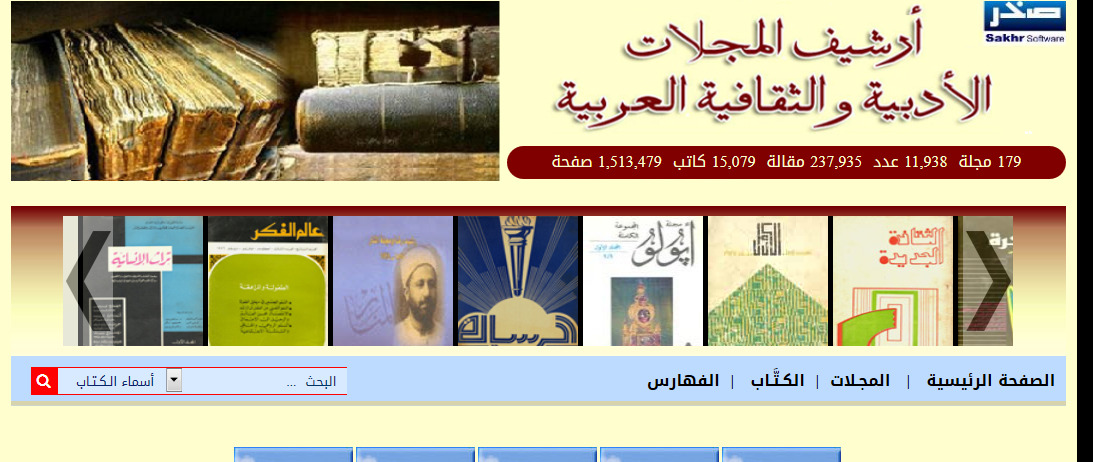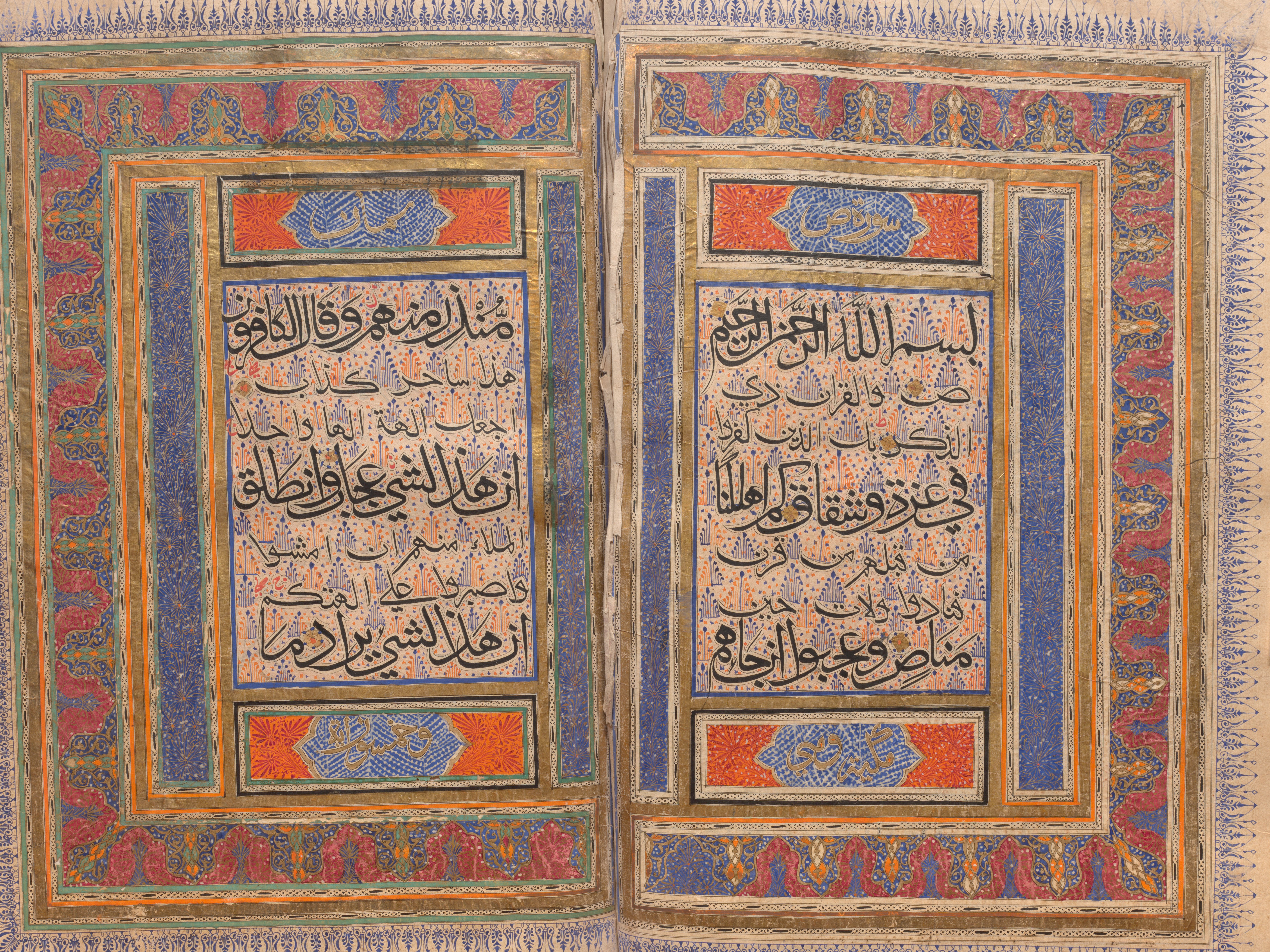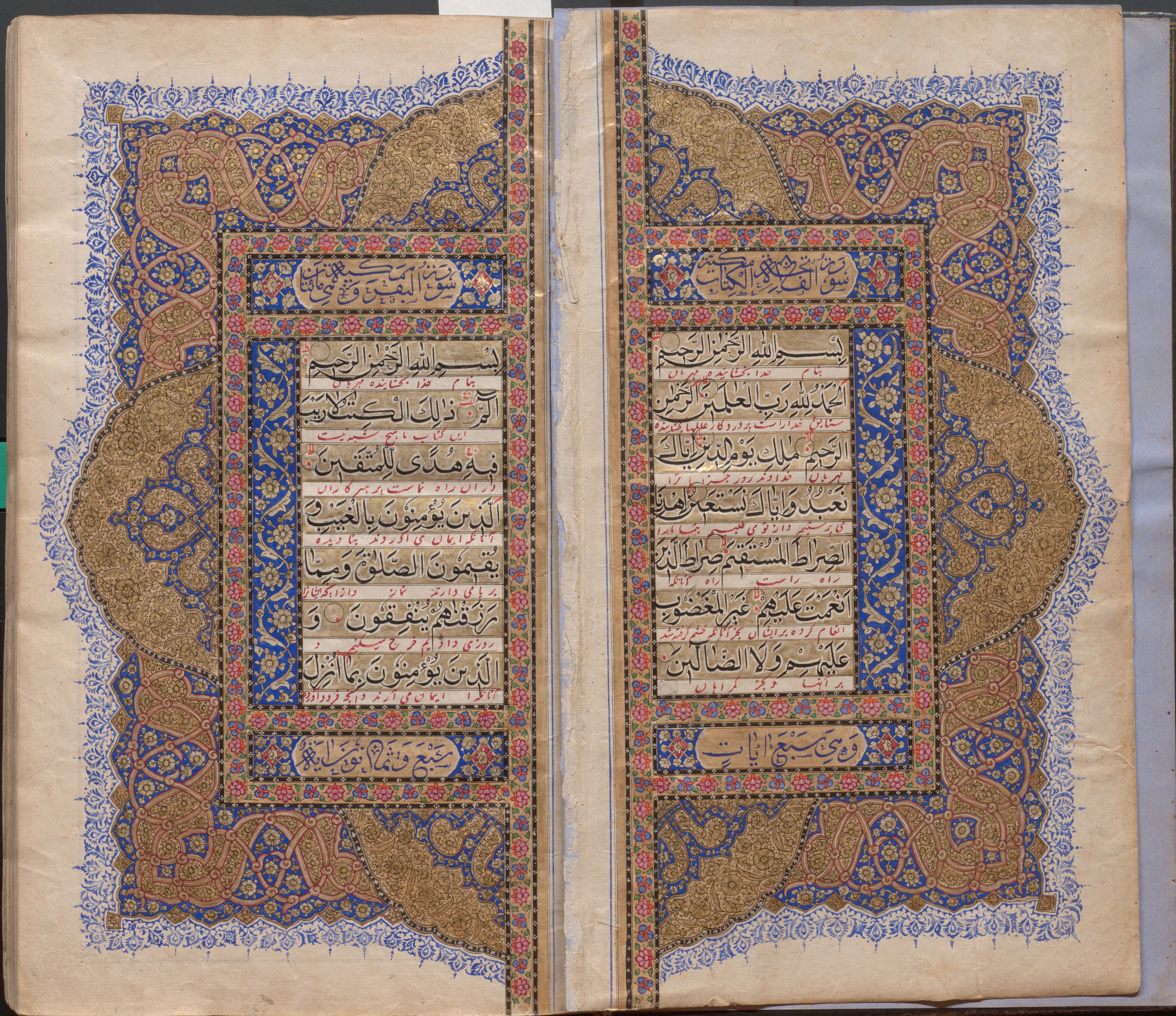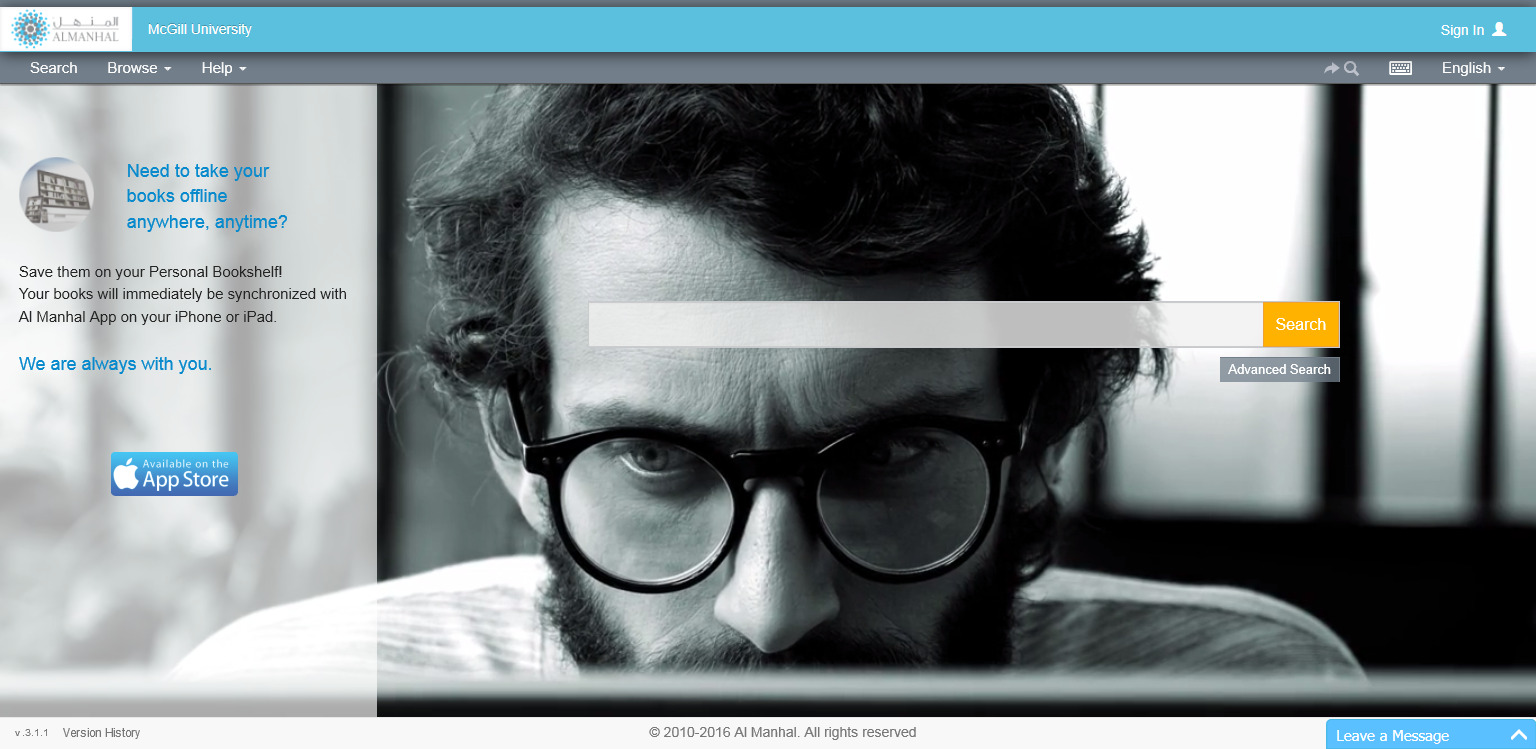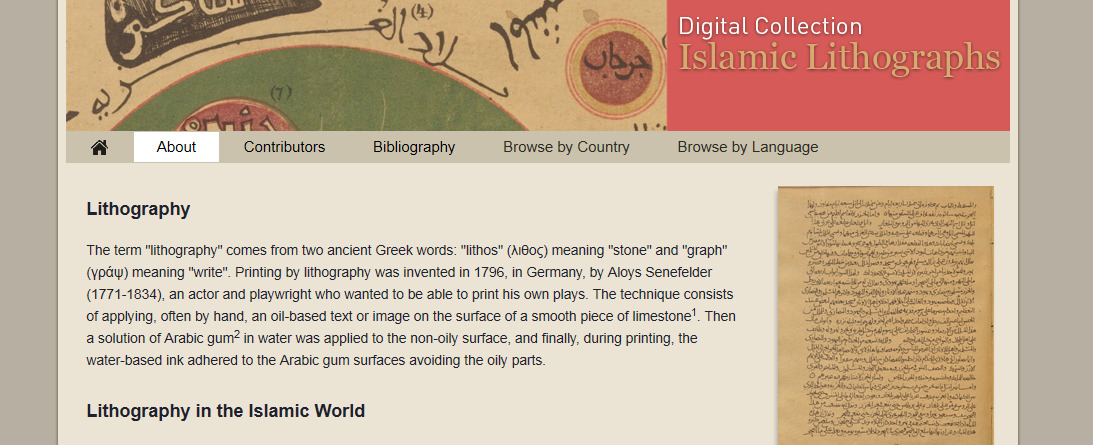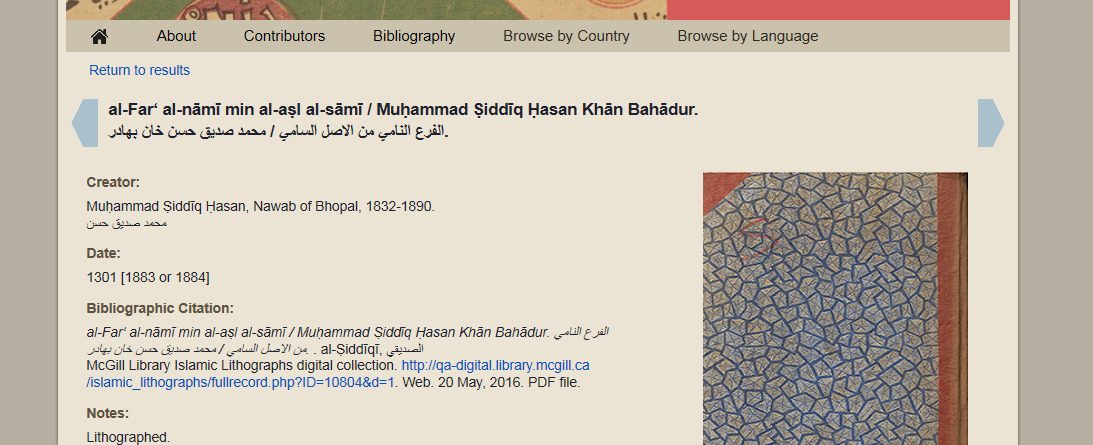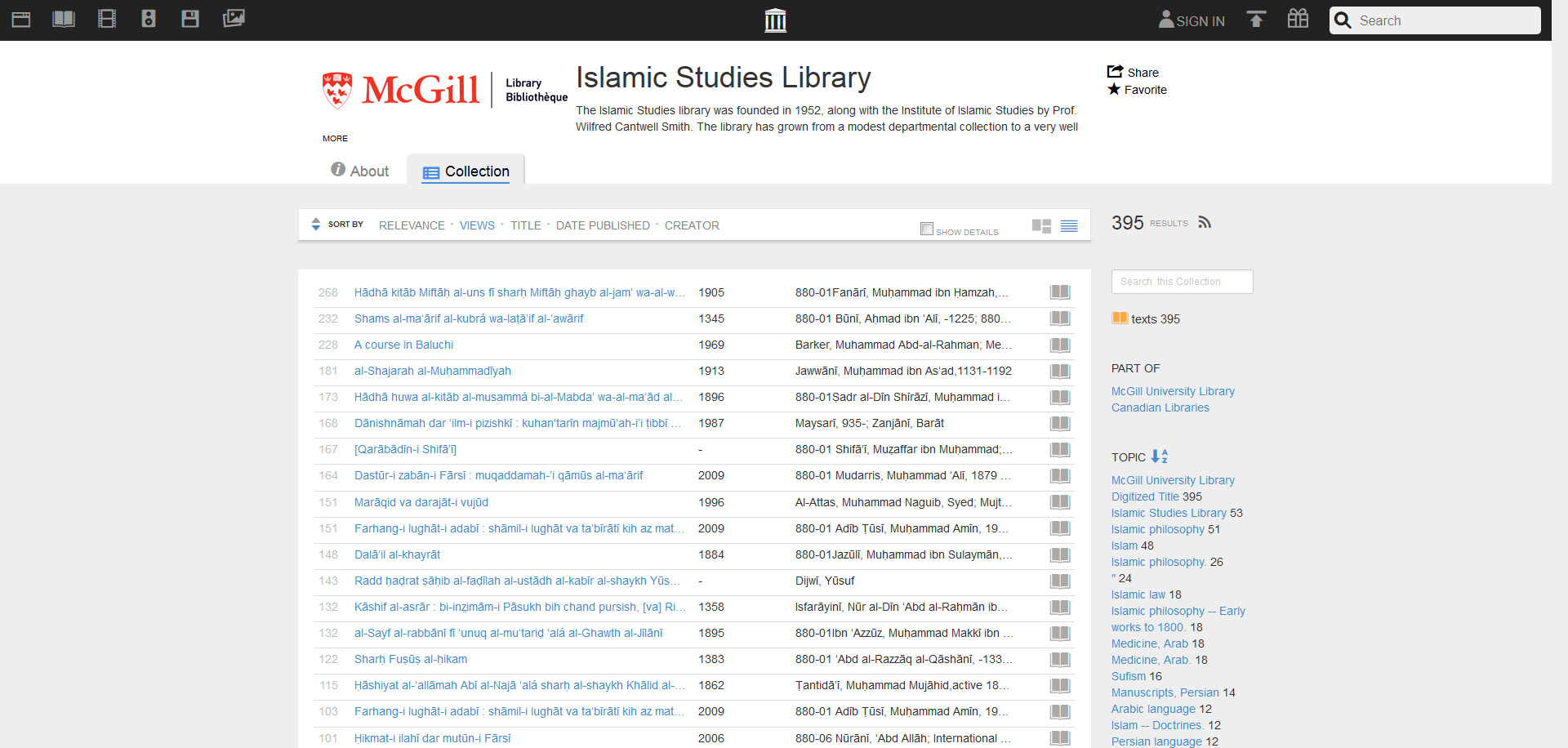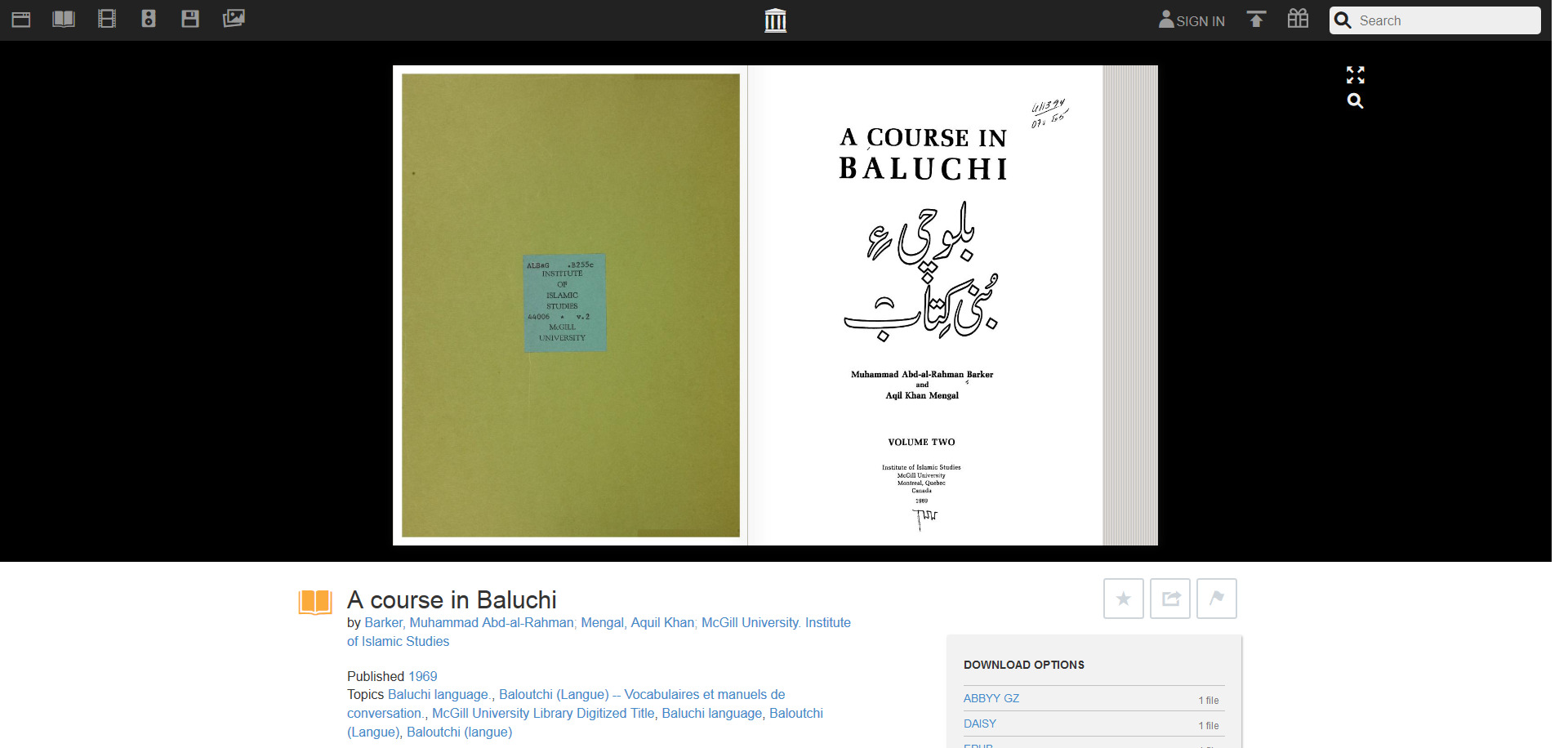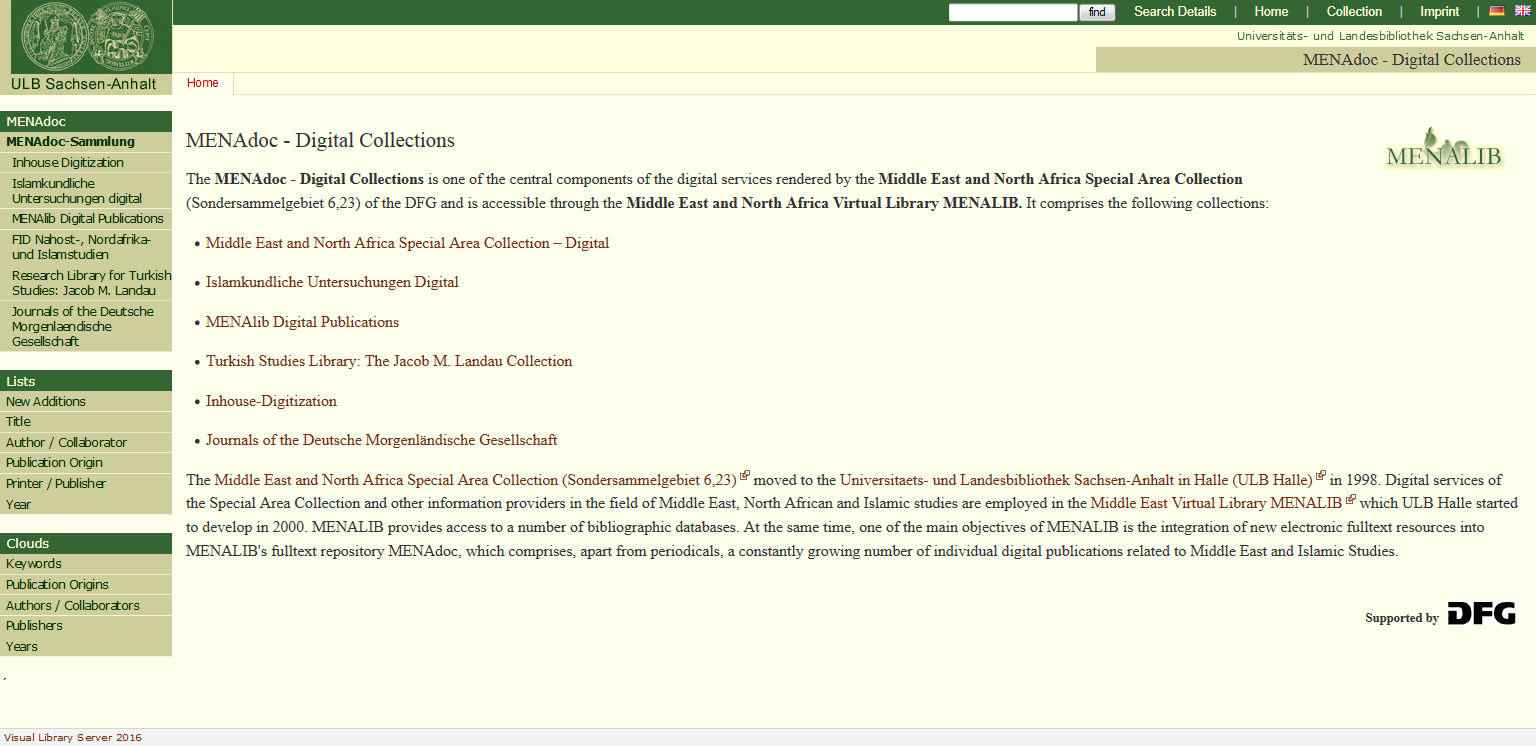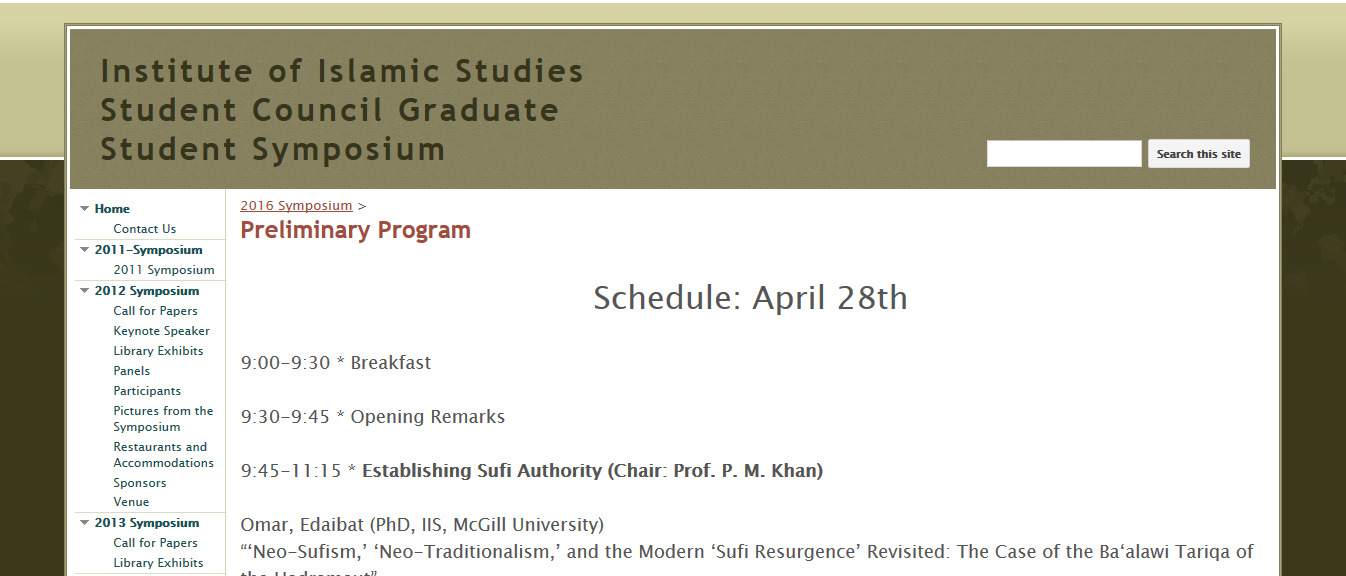Onomasticon Arabicum is an online database compiling biographical information on more than 15 000 scholars and personalities from the first thousand years of the Muslim Era.Initiated in the 60s by the Institut de recherche et d’histoire des textes Section arabe (CNRS/France), this biographical dictionary was launched online between 2010 and 2012, and is regularly being improved.
![]() OA gives access to individual entries in Arabic compiled from the ancient biographical literature which is an invaluable treasure of Islamic culture. The Advanced search feature allows to interrogate separately any of the different elements of the persons’ names, dates of birth/death, and places of activity, reconstructing not only their identity, but also tracing the transmission of knowledge, and framing the historical context.
OA gives access to individual entries in Arabic compiled from the ancient biographical literature which is an invaluable treasure of Islamic culture. The Advanced search feature allows to interrogate separately any of the different elements of the persons’ names, dates of birth/death, and places of activity, reconstructing not only their identity, but also tracing the transmission of knowledge, and framing the historical context.
The website interface is bilingual Arabic-English.




